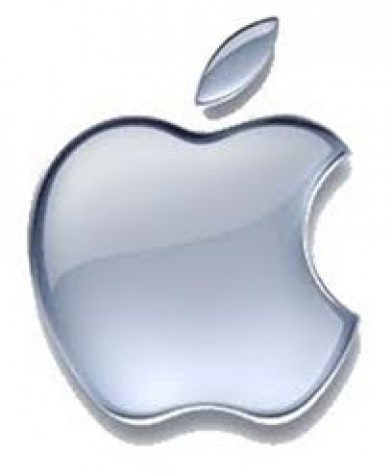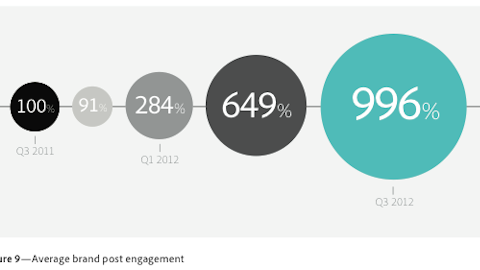There are some words in the English language better kept under lock and key — the same goes for language in the tech world. The idea of fragmentation can rub consumers, developers, and investors the wrong way. But with Apple Inc. (NASDAQ:AAPL)‘s recent release of its own fragmentation data, the company’s proved that fragmentation doesn’t have to be a dirty word.
An evolution of definition
Google Inc (NASDAQ:GOOG)‘s Android has a bit of a reputation as an amazingly fragmented system – most likely because there are five different versions of Android currently running. But it’s not exactly Google’s fault. The company makes a great OS that gets updated frequently — just like Apple Inc. (NASDAQ:AAPL)’s iOS — but the problem is that smartphones makers decide which version of Android to run on their phones and whether the phone can be upgraded to a newer version down the road.
This has led to Android OSes like Gingerbread – a version that’s more than two years old — still taking up 36% of Google Inc (NASDAQ:GOOG)’s mobile operating system versions.
If we take a look at Apple Inc. (NASDAQ:AAPL)’s pie chart, we see something very different. There are three versions of its operating system currently running — instead of Android’s five — and just one of them accounts for 93% of all iOS versions. You’d have to add up at least four Android operating systems to achieve that percentage.

Source: Apple.
Apple Inc. (NASDAQ:AAPL)’s fragmentation, if we can even call it that, is more of an evolutionary change between OSes, with just a small percentage of users choosing not to upgrade or not being able to upgrade because the devices are too old.
Google’s software fragmentation contrasts sharply with Apple Inc. (NASDAQ:AAPL)’s because the iPhone maker owns both the hardware and the software. This allows Apple to create software that can be updated across a large spectrum of devices, rather than having to limit new software to its latest devices.
What this actually means
When Apple introduced iOS 7 at WWDC 2013 a few weeks ago, Craig Federighi, the company’s senior vice president of software engineering said, “Installing iOS 7 on your phone is like getting an entirely new phone, but one that you already know how to use.” Some could take this as just marketing speak, but I think that’s the wrong approach. Apple creates ongoing value for its mobile products because the company continues to update devices years after they’re purchased. Sure, some Android users can update their devices, but according to Android’s own chart, not enough of them are. It’ll be worth taking another look at Apple’s chart a few months after iOS 7 launches to see if, or how, the chart changes.






